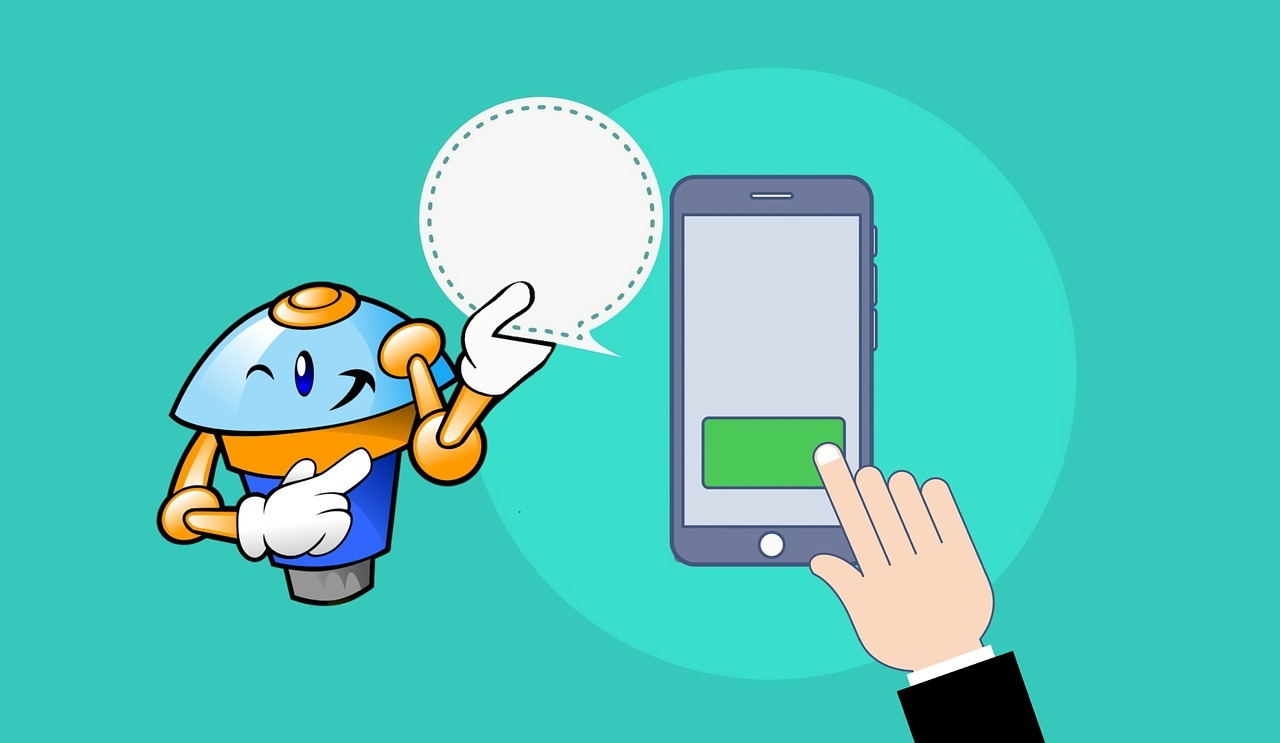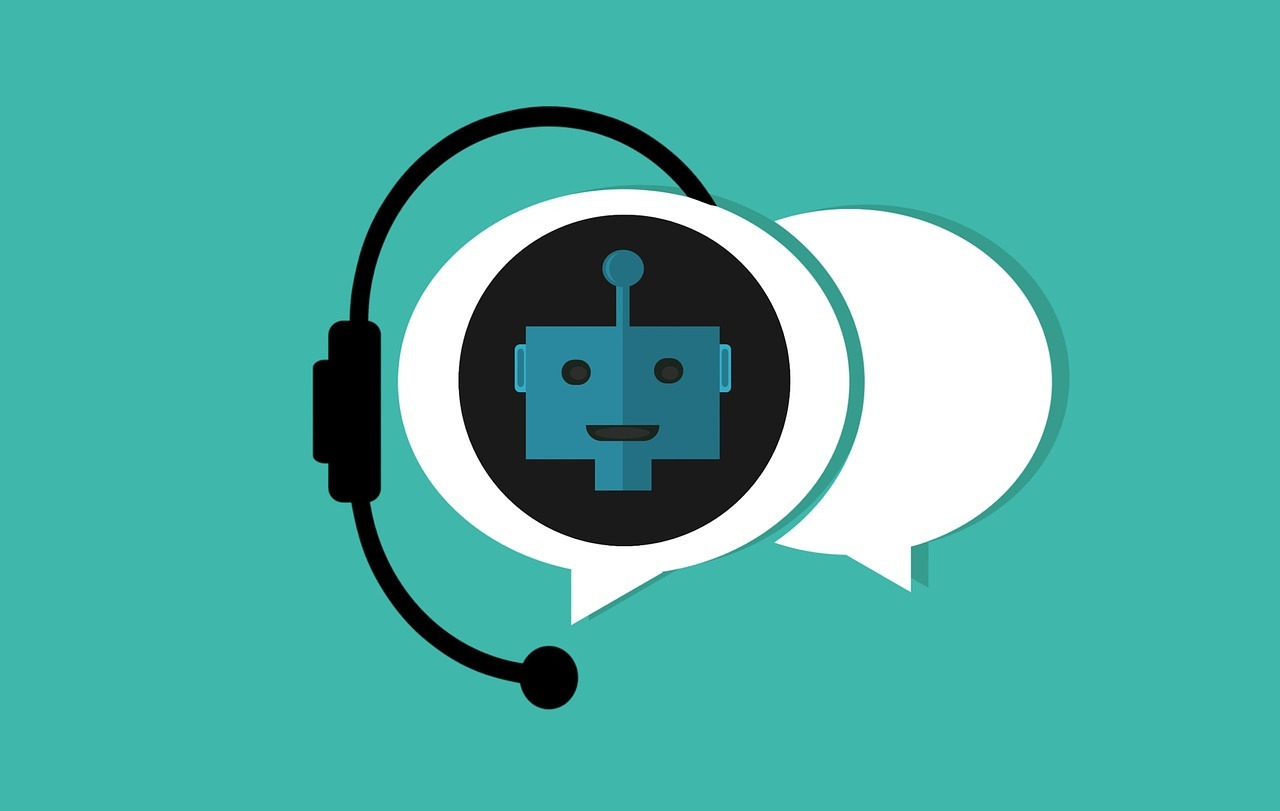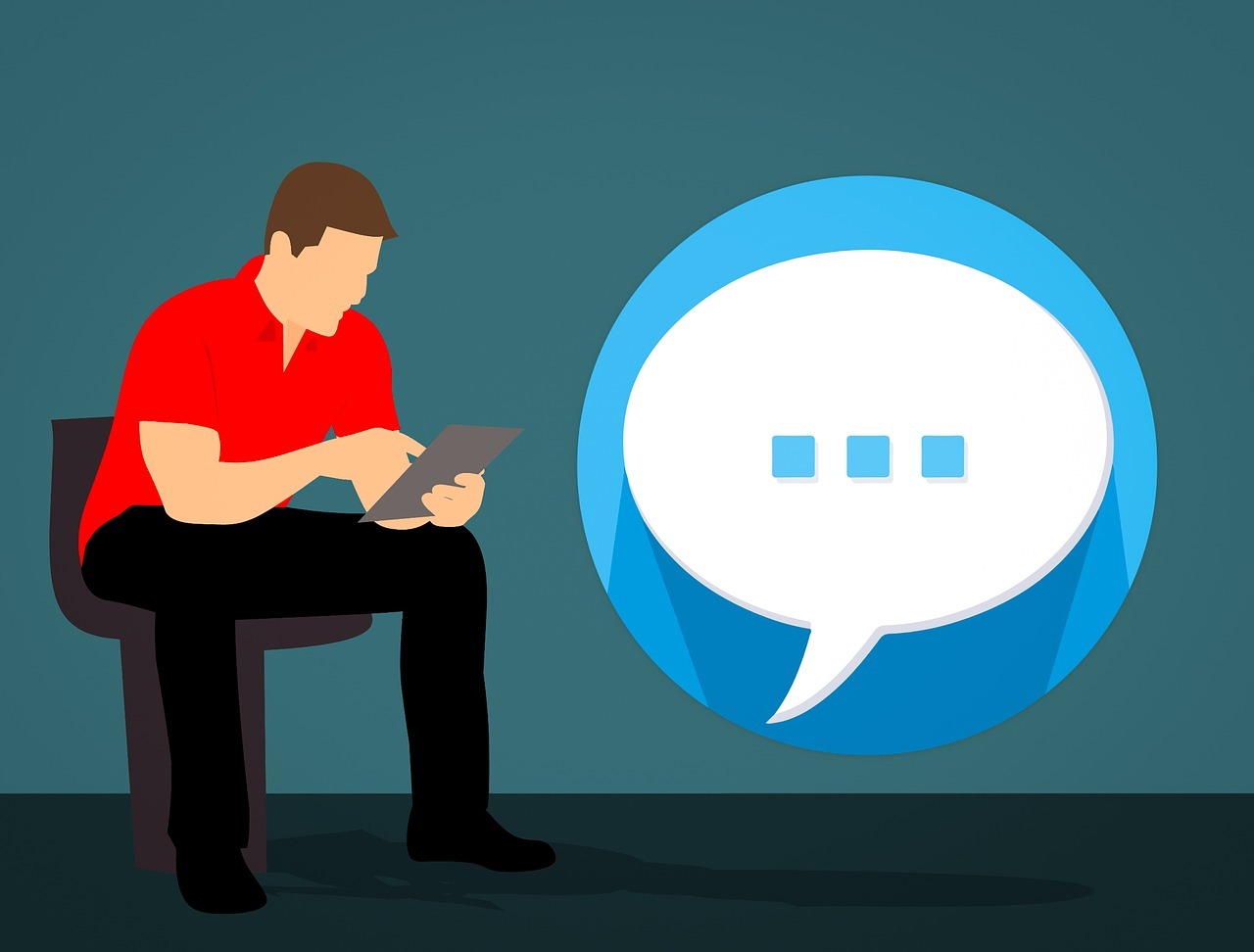Chatbots are an invaluable tool for customer support centres, offering quick responses to customer queries which can cut down on costs and keep clients happy. When looking to implement a chatbot into your customer service infrastructure, there are two main options; using a chatbot that has been crafted through machine learning, or a conventionally programmed chatbot. Machine learning chatbots attempt to formulate a response to an input, taking the context into consideration. In order to achieve this, a neural network is trained by being provided with massive data sets of thousands of examples that it can learn from. On the other hand, conventional programming is more of a rules-based AI, which sees the chatbot pre-programmed with potential responses to customer queries. It responds to a customer’s input by checking pre-defined rules, which lead it to a relevant response. In this article, we will look at the pros and cons of both conventional programming and machine learning to help determine which is best for call centre chatbots.
Advantages of Conventional Programming

One of the main benefits of a conventional programming chatbot is that it is often considered to be more accessible and user-friendly. These chatbots are likely to offer pre-populated responses which can help to give a conversation structure and are particularly useful for customer support purposes, as it can help to direct customers to the information they are looking for. This is an especially important feature as some customers may not be aware of the exact advice that they are searching for, or may not know of a feature offered by a business that may be flagged up as a potential conversation point on a chatbot. Mitch Lee, co-founder of instant messenger bot Penny, claims that “rule-based chatbots are cheaper, easy to implement, 99-percent effective, and solve issues fast”, indicating that they are a great choice for many businesses.
Conventional programming chatbots are also user-friendly as they can be integrated into many different types of system, including social media channels, chat services and phone systems. They also offer the option of text, speech or pre-populated inputs, allowing the customer to choose how they wish to interact with a particular business.
Chatbots created through conventional programming can be personalised to better align the service with a brand. For brands looking to introduce some creativity and fun to their customer support, as well as to humanise the experience, chatbots can be given a personality and name which can help to create a more friendly tone for the conversation. A popular example of this is ‘Dom’, the Domino’s pizza chatbot used to help customers order quickly on some devices.
Advantages of Machine Learning

While conventional programming chatbots can be very intelligent, machine learning chatbots can sometimes prove to be more engaging for customers, as they can develop a better understanding of context and tone. Information on a customer can be retained from earlier messages, applying context to the subsequent conversation. This can be particularly useful if a customer jumps back and forth between different topics in the chat, as can happen with the natural flow of a conversation. Some machine learning chatbots will be able to follow the multiple strands of a conversation and reply to each point appropriately, whereas conventional chatbots typically have more of a linear, point-by-point structure.
As a machine learning chatbot receives more data, it can begin to understand cues in text to predict how a conversation will unfold. With the chatbot remembering what came before in the conversation, the information can be used to determine what responses it may need to reply to upcoming messages. With the machine learning chatbot planning ahead, response times can be increased, which ultimately leads to greater customer satisfaction.
Disadvantages of Conventional Programming

As conventional chatbots are pre-programmed with responses rather than continually learning from new data, one of the main disadvantages of conventional programming is that it is impossible to programme all scenarios, and without machine learning in place, the chatbot will be unable to generate an answer on its own if a set response is not available. However, it must also be said that the same can be true for machine learning chatbots, as not all scenarios and queries will have been covered in previous data. Luckily, conventional chatbots will be able to overcome any instances where they are stuck for an answer, as the chatbot can easily pass the conversation over to a human customer service representative. Machine learning chatbots, on the other hand, may simply try to deflect the query if it becomes confused, which can lead to customer dissatisfaction.
Another potential limitation for conventional chatbots is that it has no sense of tone or sarcasm from a customer’s message and is unable to learn such written or verbal cues. While the chatbot should be programmed to understand a customer query, no matter how it is phrased, as conventionally programmed chatbots do not learn beyond what is taught to them, they will not develop an understanding for the customer’s intent.
A common worry for conventional chatbots is that they will take far more time to create and maintain than a machine learning bot, as the responses need to be manually added. Programming a chatbot can seem more time-consuming than utilising machine learning to analyse data to form responses, as so many potential questions and answers may need to be created. However, with 73 percent of people stating that they would abandon a chatbot if a wrong response is given, it is clearly well worth the extra time, as machine learning chatbots have been known to provide inaccurate or inappropriate responses. Besides, when using chatbot software from Hostcomm, there is no need to worry about the development of your bot being time-consuming, as all of the set-up will be completed for you, saving your business time and money!
Disadvantages of Machine Learning

As mentioned, some machine learning chatbots end up learning the wrong thing, which can lead to inappropriate responses being given. A public example of this is the case of Microsoft’s Tay, which was a machine learning chatterbot launched on Twitter in 2016. Learning from Tweets and messages sent, Tay very quickly started posting controversial and inflammatory statements, including extremely racist and sexist comments. Such incidents would be very damaging for customer relations and could have a particularly negative impact on your business’ reputation. So, if a machine learning chatbot is used, regular maintenance is still required.
However, this is where another issue with machine learning chatbots can be found, as correcting mistakes can be difficult. With many machine learning chatbots, it is very challenging to see how the bot reached the response it did. As machine learning neural networks do not show how they came to a decision, it can be hard to work out how they applied logic to reach the answer they gave without reverse engineering them or guessing! To make the bot give a correct answer, lots of data providing accurate responses to the scenario would need to be fed into the bot.
Yet, for most businesses, there is rarely enough data available to sufficiently teach the chatbot what it needs to know, which impacts on the development of satisfactory replies to customers. Many machine learning chatbots are not advanced enough to adequately deal with customer interactions, as while machine learning chatbots get better with every interaction, it is unlikely there will be enough data provided to cover every scenario the chatbot may be faced with. Ultimately, it can be argued that for many businesses, the kinds of interactions and conversations that customer support chatbots would need to hold are either too simple to require machine learning, or the answers are far too complex for a chatbot to accurately develop.
So, what do you think about conventional programming versus machine learning for chatbots? Get in touch today to find out more about how Hostcomm’s chatbots can help your business. Hostcomm offer customer service chatbots that seamlessly integrate into your current infrastructure, including chat services, social media sites, payment and phone systems or databases. You can customise your bot as required, selecting whether the chatbot presents pre-populated responses or offers a text or speech input. Operating 24/7, our bots provide an easy and convenient customer service solution for both customers and contact centres!














